You want to make transporting ebike safely as simple as possible. Always pick a sturdy rack built for heavy bikes. Remove the battery before you load up. Secure every part so nothing moves. By following these steps, you lower risks and make transporting ebike safely much easier.
Key Takeaways
-
Choose a strong, compatible rack that fits your e-bike’s weight and shape to keep it safe during transport.
-
Always remove the battery and secure loose parts before loading your e-bike to prevent damage and make handling easier.
-
Double-check all straps, locks, and visibility of your bike and license plate before driving to ensure a safe and worry-free trip.
Why Safe Transport Matters
Risks of Improper Transport
When you move your e-bike the wrong way, you put both your bike and yourself at risk. Many people report scratches, dents, or even broken racks when they overload or don’t secure their bikes well. Sometimes, the battery gets damaged, which can lead to fire hazards. If you forget to lock your bike or leave accessories loose, theft becomes a real threat. Here are some common problems you might face:
-
Scratches and dents from falls or rubbing against other objects
-
Broken racks or mounts from carrying too much weight
-
Battery damage, which can cause fires or make your e-bike stop working
-
Lost or stolen bikes and accessories due to poor security
-
Accidents caused by unstable or overloaded racks
You can avoid most of these issues by following proper e-bike transportation steps every time you travel.
Protecting Your Investment
Your e-bike is more than just a ride—it’s an investment. If you don’t transport it safely, you could face big financial losses. Medical bills, lost wages, and property damage can add up fast if an accident happens. High-end e-bikes cost a lot to repair or replace, and insurance might not cover everything. Some policies even deny claims if you didn’t follow safety rules. You also need to keep good records, like photos and receipts, in case you need to file a claim. When you take care of your e-bike during transport, you protect your wallet and your peace of mind.
Transporting eBike Safely: Main Methods

When you start thinking about transporting ebike safely, you’ll notice there are several ways to get your bike from point A to point B. Each method has its own pros and cons. Some work better for heavy e-bikes, while others are best for short trips or city commutes. Let’s break down the main transport options for e-bikes so you can pick what fits your needs.
Here’s a quick comparison to help you see the differences:
|
Transport Method |
Safety Features & Considerations |
Convenience Factors |
|---|---|---|
|
Hitch-Mounted Racks |
High weight capacity, easy loading, integrated locks, tilt functions, designed for e-bikes. |
Simple to use, great for frequent riders, ramps available, allows rear vehicle access. |
|
Roof-Mounted Racks |
Best for lighter bikes, lifting heavy e-bikes is tough, can affect car aerodynamics. |
Saves rear space, but not practical for heavy e-bikes. |
|
Enclosed Cargo Carriers |
Full protection from weather and theft, very secure. |
Harder to access bikes, but offers maximum protection. |
|
Inside Vehicle |
Best protection from weather and theft, stable if padded and strapped. |
Limited space, may need to remove wheels, risk of scratching car interior. |
|
Utility Trailers |
High weight capacity, secure with proper strapping, good for multiple bikes. |
More expensive, needs hitch and setup, less convenient for daily use. |
Rear Hitch Racks
Rear hitch racks are the top choice for transporting ebike safely, especially if you have a heavy bike. These racks attach to a 2-inch hitch receiver on your car, giving you a strong and stable base. Most e-bike hitch racks can hold up to 60–80 pounds per bike, which covers almost all e-bikes out there. You don’t have to lift your bike very high, and some racks even come with ramps to make loading easier. Platform-style racks keep your bike steady and reduce wobbling, so you don’t have to worry about your bike tipping over or getting scratched.
Tip: Always remove your e-bike’s battery before loading it onto the rack. This makes the bike lighter and helps prevent damage.
You also get built-in locks and anti-sway features, which keep your bike safe from theft and road bumps. If you ride often or have a heavy e-bike, a rear hitch rack is the most reliable way to go.
Inside the Vehicle
If you want the best protection for your e-bike, try transporting it inside your vehicle. This method shields your bike from rain, dirt, and thieves. You just need to fold down the seats or clear out the trunk. Padding and straps help keep your bike from moving around and scratching your car’s interior.
However, space can be tight, especially with larger e-bikes. Sometimes you’ll need to take off the wheels or even the handlebars to make everything fit. This method works best if you have a van, SUV, or wagon. It’s a great option for short trips or when you want to keep your bike out of sight.
Note: Watch out for sharp pedals or handlebars that could scratch your seats or doors. Use blankets or foam pads for extra protection.
Trailers
Utility trailers give you lots of room and can handle several e-bikes at once. They’re built for heavy loads and come with strong hitches and brakes for safe travel. Two-wheeled trailers offer better stability and weight distribution, which is important when you’re carrying expensive gear. Many trailers have weatherproof covers, so your bikes stay dry and clean.
You’ll need a vehicle with a trailer hitch, and setting up the trailer takes more time. Trailers are perfect for group rides, long trips, or when you need to haul extra gear. Just remember to strap everything down tightly and check your tires before you hit the road.
-
Trailers provide more protection from weather and debris than most racks.
-
Proper load balance and secure strapping are key for safe electric bike transportation.
-
Modular designs let you add accessories or carry other items.
Public Transport
Sometimes you need to use public transport for part of your journey. Many cities allow e-bikes on trains, subways, and ferries, but there are rules you need to follow. Folding e-bikes are usually welcome anytime and count as luggage. Regular e-bikes may only be allowed during off-peak hours, and you might need a permit or to use a special rack.
On buses, space is limited. Some have exterior racks, but these fill up fast. Ferries often have bike parking areas, but you should always lock your bike and remove the battery before boarding. Always check your local transit rules before you travel, and be ready with a backup plan if bikes aren’t allowed.
Tip: Be courteous to other passengers. Don’t block aisles or doors, and keep your bike as compact as possible.
When you look at all the transport options for e-bikes, you’ll see that rear hitch racks stand out for safety and convenience, especially for heavy bikes. Inside-vehicle transport offers the most protection but can be tricky with larger bikes. Trailers work well for big groups or long trips, while public transport is best for folding e-bikes or short city rides. No matter which method you choose, always focus on transporting ebike safely by removing the battery, securing your bike, and following local rules.
Choosing the Right Rack
Picking the right rack can make or break your e-bike adventure. If you want a smooth trip, you need to follow an e-bike rack guide that covers all the basics. Let’s break down what you should look for when choosing the right car rack.
Weight and Compatibility
E-bikes are heavy and come in all shapes and sizes. Not every rack can handle them. You want a rack that matches your bike’s weight and frame. Here’s what you should check:
-
Weight capacity: Make sure the rack can hold your e-bike. Most e-bikes weigh between 35 and 80 pounds. Removing the battery helps lighten the load.
-
Compatibility: Some racks struggle with fat tires, fenders, or step-through frames. Adjustable wheel holders and wide trays help a lot.
-
Vehicle fit: Check if your car’s hitch is strong enough. Class II or III hitches work best for proper electric bike transport.
A good e-bike rack guide will remind you to follow the manufacturer’s instructions and inspect everything before you hit the road.
Security Features
E-bike security matters. You don’t want your bike to disappear while you grab a snack. Look for racks with:
-
Integrated locks for both the rack and your bike.
-
Anti-sway systems and strong tie-downs to keep your bike steady.
-
Visibility features like reflective strips or LED lights for night driving.
You can add extra locks or straps for even more e-bike security. Always double-check that everything is tight before you drive off.
Best Rack Types for E-Bikes
When choosing the right car rack, platform or tray-style hitch racks stand out in every e-bike rack guide. These racks offer:
|
Feature |
Why It Matters for E-Bikes |
|---|---|
|
Handles heavy e-bikes safely |
|
|
Easy loading |
Ramps or low height for lifting |
|
Frame compatibility |
Fits fat tires, fenders, and odd shapes |
|
Shock absorption |
Protects electronics from road bumps |
Trunk racks and roof racks usually can’t handle the weight or size of most e-bikes. They might even damage your bike or car. If you want the best results, stick with a platform-style hitch rack. It’s the top pick in any e-bike rack guide for choosing the right car rack.
Preparation Tips for Transport Electric Bikes
Getting your e-bike ready for travel is just as important as picking the right rack. If you want to avoid damage and keep your ride in top shape, follow these simple steps before you hit the road.
Remove the Battery
The first thing you should do before you transport electric bikes is remove the battery. This step makes your bike lighter and safer to handle. It also protects the electric bike battery from bumps, shocks, and weather. Here’s how you can do it:
-
Find the battery on the frame, downtube, or rear rack.
-
Use your key to unlock the battery.
-
Disconnect any cables or latches.
-
Lift the battery out and place it on a soft surface.
Tip: Discharge the battery to about 30% if you plan to store it for a while. Keep it in a cool, dry place away from direct sunlight and extreme temperatures. Never drop or toss the battery, and always keep the contacts clean.
If you remove the battery, you lower the risk of electrical problems and make loading much easier.
Secure Loose Parts
Loose parts can cause trouble during transport. You don’t want pedals, wheels, or accessories rattling around or falling off. Here’s a quick checklist to help you secure everything:
-
Take off the front wheel if possible. This helps your bike fit better in racks or vehicles.
-
Remove any baskets, lights, or phone holders.
-
Tighten all screws and bolts, especially on the handlebars and seat.
-
Use foam pads or blankets to protect the frame and delicate parts.
-
Lay the bike with the chain side up if you’re putting it inside a car. This keeps controls and cables safe.
Note: Label and bag small parts so you don’t lose them. Snap a photo before you take things apart. It makes reassembly much easier later.
Use Covers and Straps
Covers and straps are your best friends when you transport electric bikes. They keep your bike steady and shield it from rain, dust, and flying debris.
-
Use weatherproof covers to protect your bike from the elements.
-
Secure the wheels and frame with sturdy straps or clamps. Wheel straps and frame clamps work best for holding your bike tight.
-
Add extra padding or bubble wrap around delicate parts like the display or derailleur.
-
Double-check all straps before you drive off. Look for fraying or loose ends.
|
Item |
Why Use It? |
|---|---|
|
Wheel straps |
Prevent wheels from spinning or shifting |
|
Frame clamps |
Hold the bike steady on the rack |
|
Weatherproof cover |
Protects from rain, dust, and sun |
|
Padding/blankets |
Stops scratches and absorbs shocks |
🚲 Pro Tip: Clean your bike before you cover it. Dirt and grit can scratch the paint if they get trapped under the cover.
Check Local Laws
Every state has its own rules for carrying bikes on vehicles. Some places want you to mark overhanging loads with a flag. Others have strict limits on how far your bike can stick out. You don’t want a ticket or a fine, so always check the laws before you travel.
|
State/Region |
Key Rules for E-Bike Transport |
What You Should Do |
|---|---|---|
|
California |
Use tie-downs, add flags if needed |
|
|
New York |
Don’t block view, mark overhangs |
Check local rules, use proper carriers |
|
Florida |
Fasten loads, mark overhangs |
Distribute weight, mark if needed |
|
Texas |
Secure all cargo |
Use strong carriers, follow safety rules |
Reminder: Some cities have extra rules, so check both state and local laws. Make sure your bike doesn’t block your license plate or lights.
Quick Checklist for Safe Prep
-
Remove the battery and store it safely.
-
Take off loose accessories and secure small parts.
-
Use wheel straps, frame clamps, and covers.
-
Protect the battery cavity and discharge ports from dirt and water.
-
Check tire pressure and adjust if needed.
-
Review local laws and mark overhangs if required.
If you follow these steps, you’ll protect your investment and make sure your e-bike arrives in perfect shape. A little prep goes a long way when you transport electric bikes.
Loading and Securing: Tips for Transporting Your E-Bike
Step-by-Step Loading
Loading your e-bike doesn’t have to be a struggle. If you follow these tips for transporting your e-bike, you’ll keep your bike safe and make the job easier. Here’s a simple step-by-step guide:
-
Park your car on a flat, well-lit spot. Make sure the rack is attached tightly.
-
Remove the battery and any loose accessories. This makes the bike lighter and protects important parts.
-
Get help from a friend or use a ramp if your e-bike feels heavy. Bend your knees, keep your back straight, and lift the bike by the frame.
-
Place the wheels in the rack’s slots. Align the bike so it faces the direction of travel.
-
Use strong straps or clamps to hold the frame and both wheels. Make sure nothing can move or wobble.
-
Cover your bike with a weatherproof cover if you expect rain or dust.
Tip: Lower the seat post to reduce height and use padding between the frame and clamps to avoid scratches.
Double-Check Security
Before you hit the road, always double-check before travel. This step is one of the most important tips for transporting your e-bike. Use these securing techniques to keep your bike safe:
-
Gently shake the bike to test for movement. If anything shifts, tighten the straps again.
-
Make sure the rack and all fasteners are locked in place.
-
Check that your bike doesn’t block your car’s lights or license plate.
-
Use both the rack’s built-in lock and an extra lock for extra security.
-
If you have a tracker, hide it on your bike for peace of mind.
If you follow these steps for positioning and securing, you’ll travel with confidence knowing your e-bike is safe and ready for the journey.
On the Road: Tips for Transporting E-Bikes Safely
Driving Advice
When you drive with your e-bike on board, you need to adjust your habits. Slow down and leave extra space between your car and others. Heavy e-bikes can change how your car handles, especially when you turn or stop. Avoid sudden stops or sharp turns. These moves can shift your bike or even damage your rack. Always use high-quality straps and double-check that everything is tight before you start your trip. If you drive long distances, pull over now and then to make sure your e-bike stays secure. Choose a carrier made for e-bikes to keep your load balanced and safe.
Tip: If you drive at night or in bad weather, add extra lights or reflectors to your rack so other drivers can see your bike.
Regular Checks
You should check your e-bike and rack during your trip. Look for loose straps, worn buckles, or anything that might come undone. If you spot rust or damage, fix it right away. On long drives, stop every couple of hours to inspect your setup. This habit helps you catch problems before they get worse. Following these tips for transporting e-bikes safely keeps your bike in great shape and gives you peace of mind.
Theft Prevention
E-bike security matters every time you travel. Use two different locks, like a U-lock and a heavy chain, to protect your bike. Lock both the frame and wheels to your rack or a solid object. Remove the battery if you leave your bike alone for a while. You can also add a GPS tracker or a smart lock with an alarm for extra protection. Park in busy, well-lit spots and never leave your e-bike in the same place for too long. Good locking and anti-theft habits make it much harder for thieves to target your bike.
Legal and Safety Considerations
Light and Plate Visibility
When you carry your e-bike on your car, you need to make sure everyone can see your license plate and lights. Many states, like Illinois, require you to keep your license plate on the back of your bike or rack, mounted flat and easy to read. If your bike or rack blocks your plate or lights, you could get a ticket. Some states also want you to use a red reflector on the back that drivers can see from far away. If your e-bike sticks out past your car, you may need to add a bright flag or extra lights. Always check your local rules before you travel.
-
Use reflectors or flags if your bike extends past your car.
-
Secure your e-bike so it does not swing or block anything.
Tip: Each state has different rules, so look up the laws where you live or travel.
Insurance and Liability
You might think your regular insurance covers your e-bike, but that is not always true. Most homeowner’s insurance does not cover e-bikes because they have motors. Car insurance does not cover them either. This leaves a gap if your e-bike gets damaged or causes an accident during transport. You should talk to your insurance agent about special e-bike insurance. Some companies offer plans that cover damage, theft, and even injuries. If you use your e-bike for work or events, make sure you have the right coverage. Without it, you could end up paying for repairs or injuries yourself.
-
Standard policies may not cover e-bikes.
-
Event organizers should check that all riders have coverage.
Battery Transport Rules
E-bike batteries need special care when you travel. Airlines do not let you bring most e-bike batteries on planes because they can catch fire. If your battery is over 160Wh, you cannot take it in your carry-on or checked bag. Shipping these batteries by air is hard and expensive. Ground shipping is possible, but you must follow strict rules. The easiest way is to leave your battery at home and rent or buy one at your destination. Some bike shops offer battery rentals, which makes travel much simpler and safer.
-
Use ground shipping only if you follow all safety rules.
-
Renting a battery at your destination is often the safest choice.
These safety considerations help you avoid fines, protect your e-bike, and keep everyone safe on the road.
You can transport your e-bike safely if you follow a few key steps:
-
Pick the right rack for your bike’s weight.
-
Remove the battery and secure loose parts.
-
Double-check straps and locks before you drive.
Remember: Good preparation and regular checks keep your e-bike safe every time you travel.
FAQ
Can you transport your e-bike in the rain?
Yes, you can. Use a weatherproof cover to keep your e-bike dry. Always remove the battery and store it inside your car if possible.
Do you need to remove the front wheel before loading?
You do not have to, but it helps. Removing the front wheel makes your e-bike fit better and keeps it more stable during transport.
What should you do if your rack blocks your license plate?
-
Move your plate to a visible spot on the rack.
-
Use a plate holder or bracket.
-
Check local laws to avoid tickets.









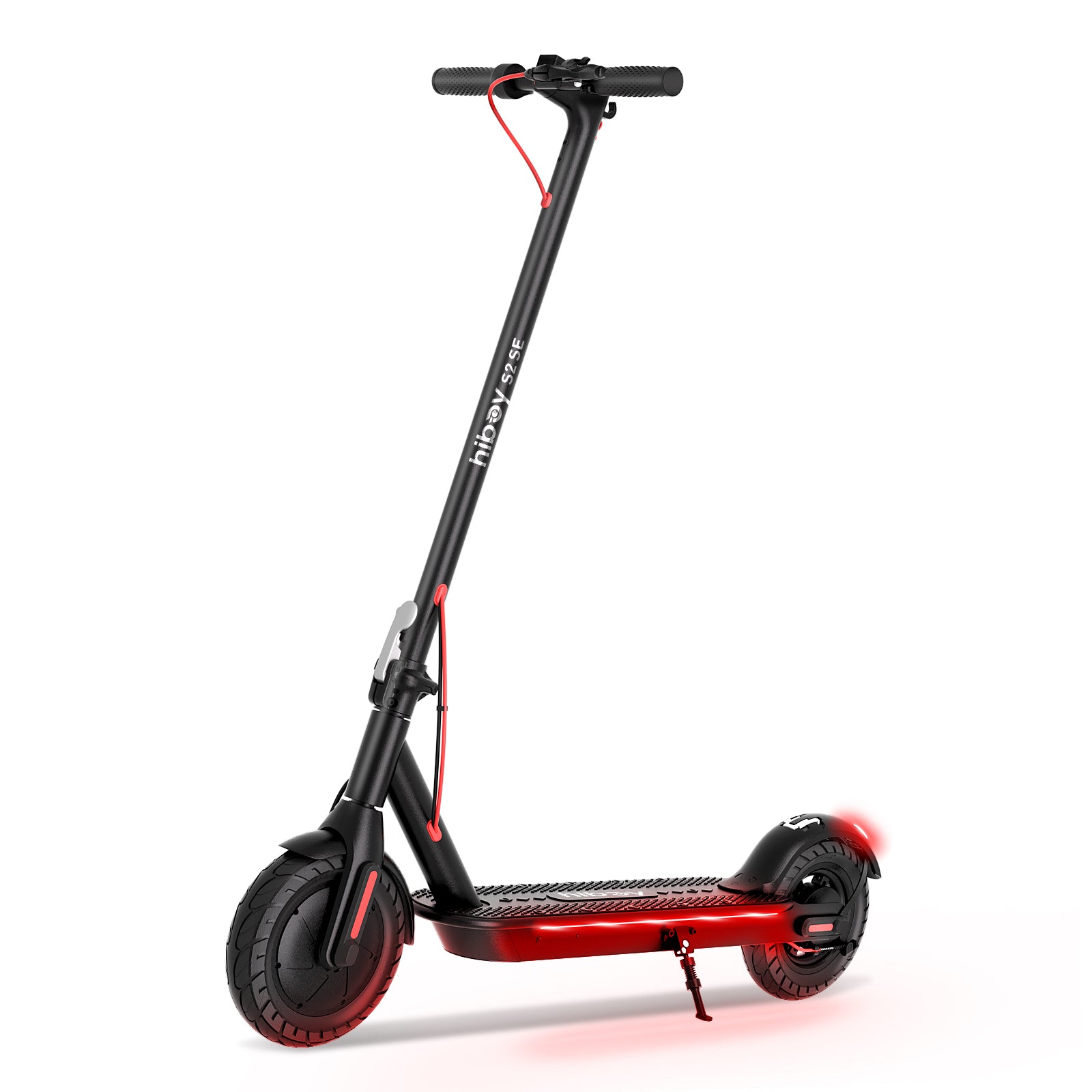
 S2 SE
S2 SE
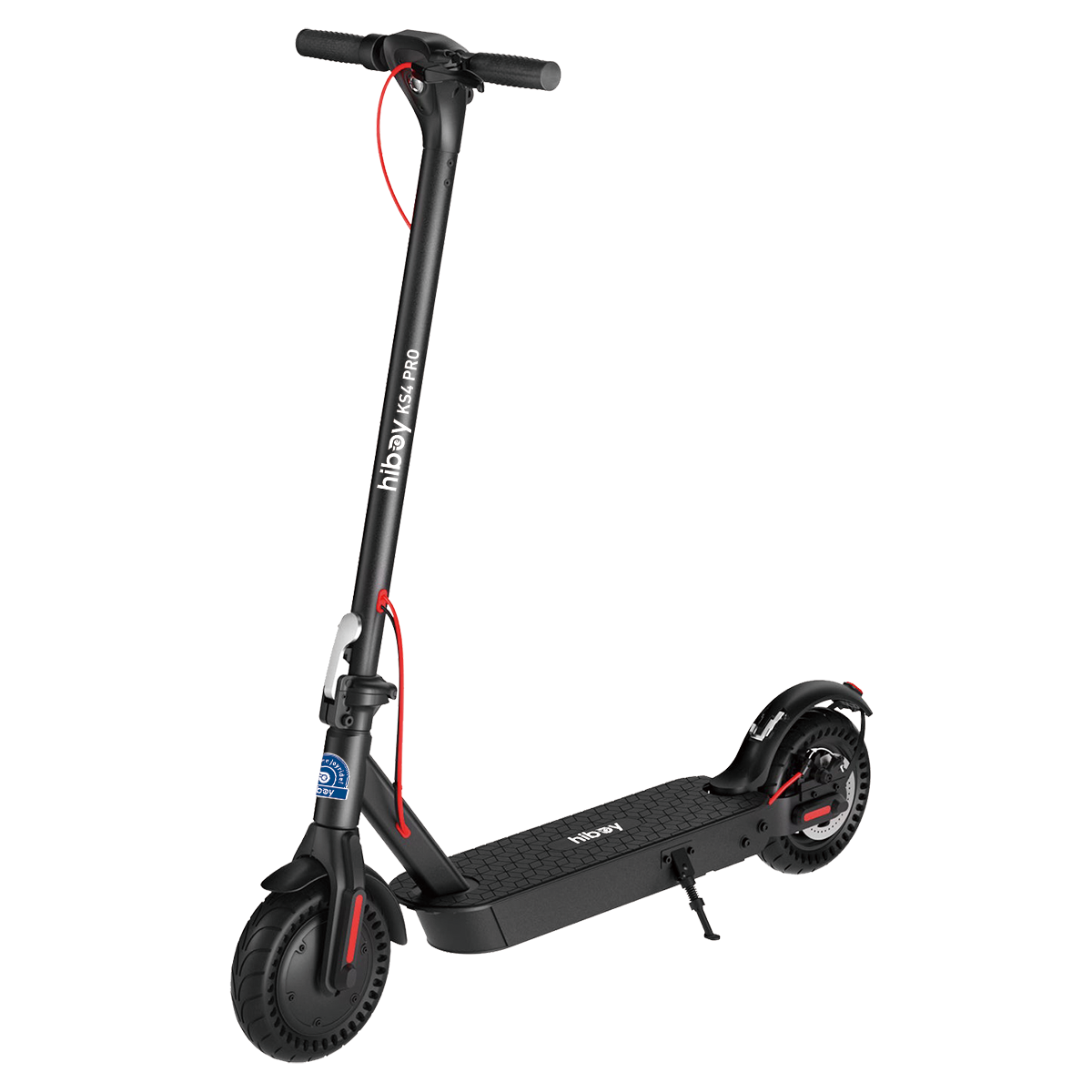 KS4 Pro
KS4 Pro
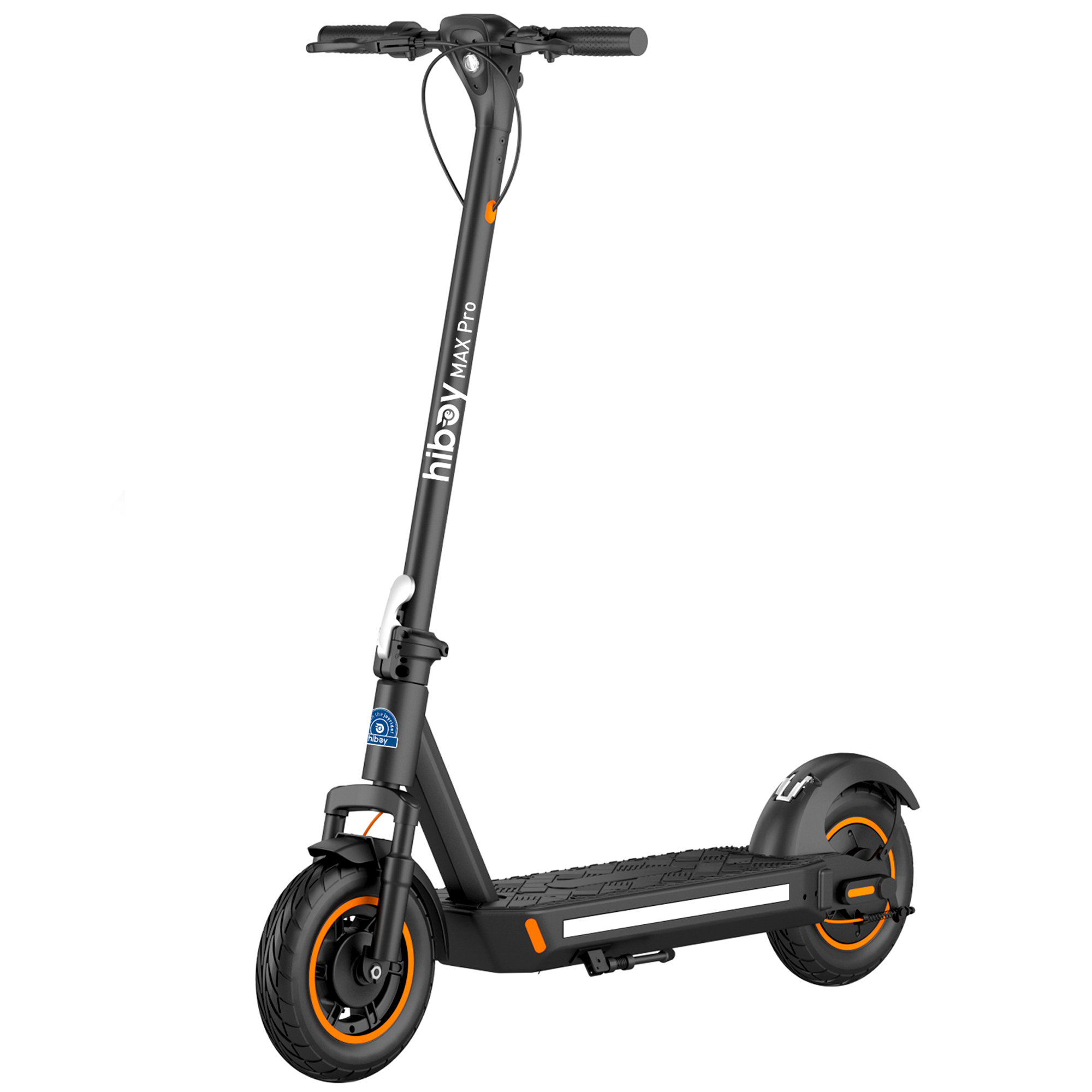 MAX Pro
MAX Pro
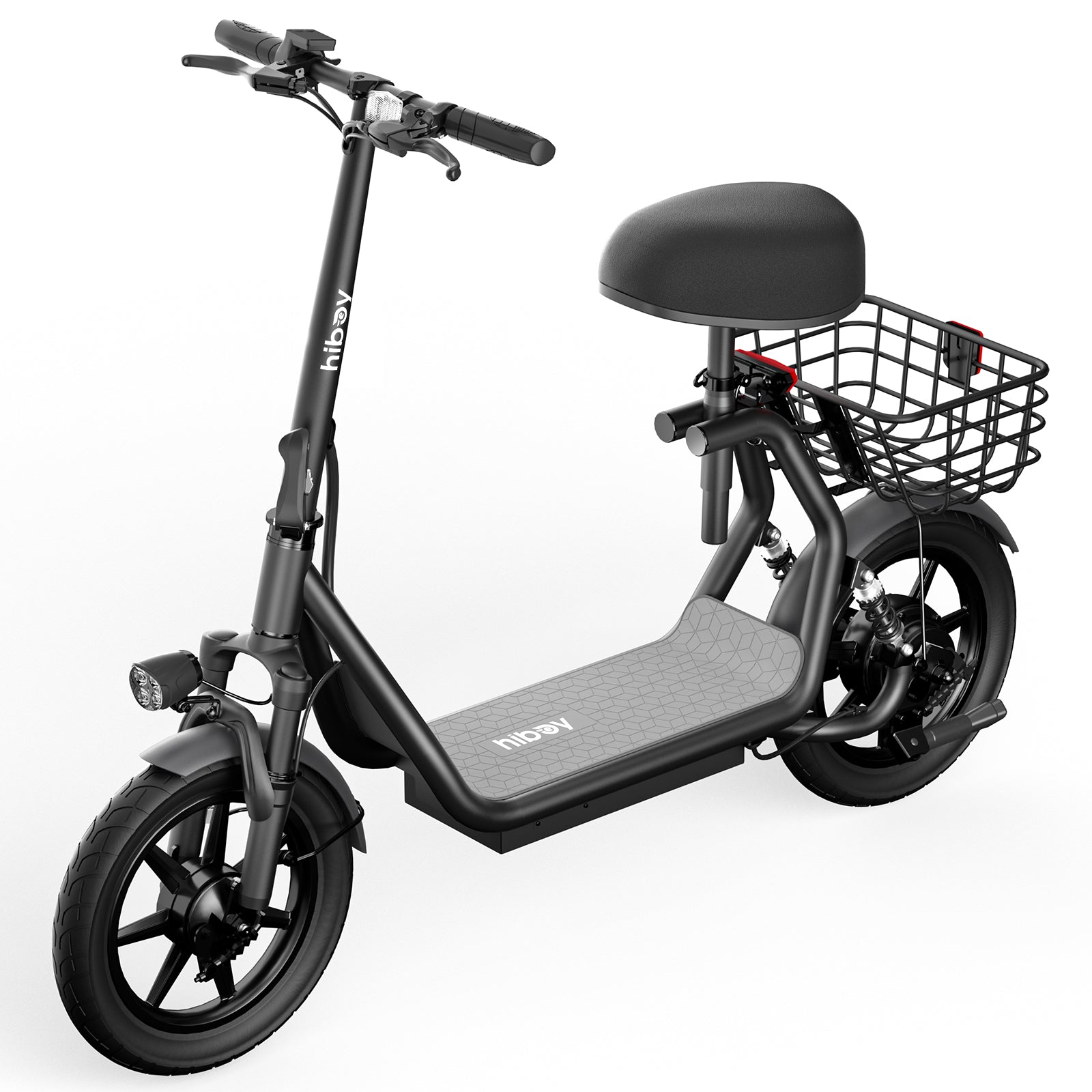
 Q2
Q2
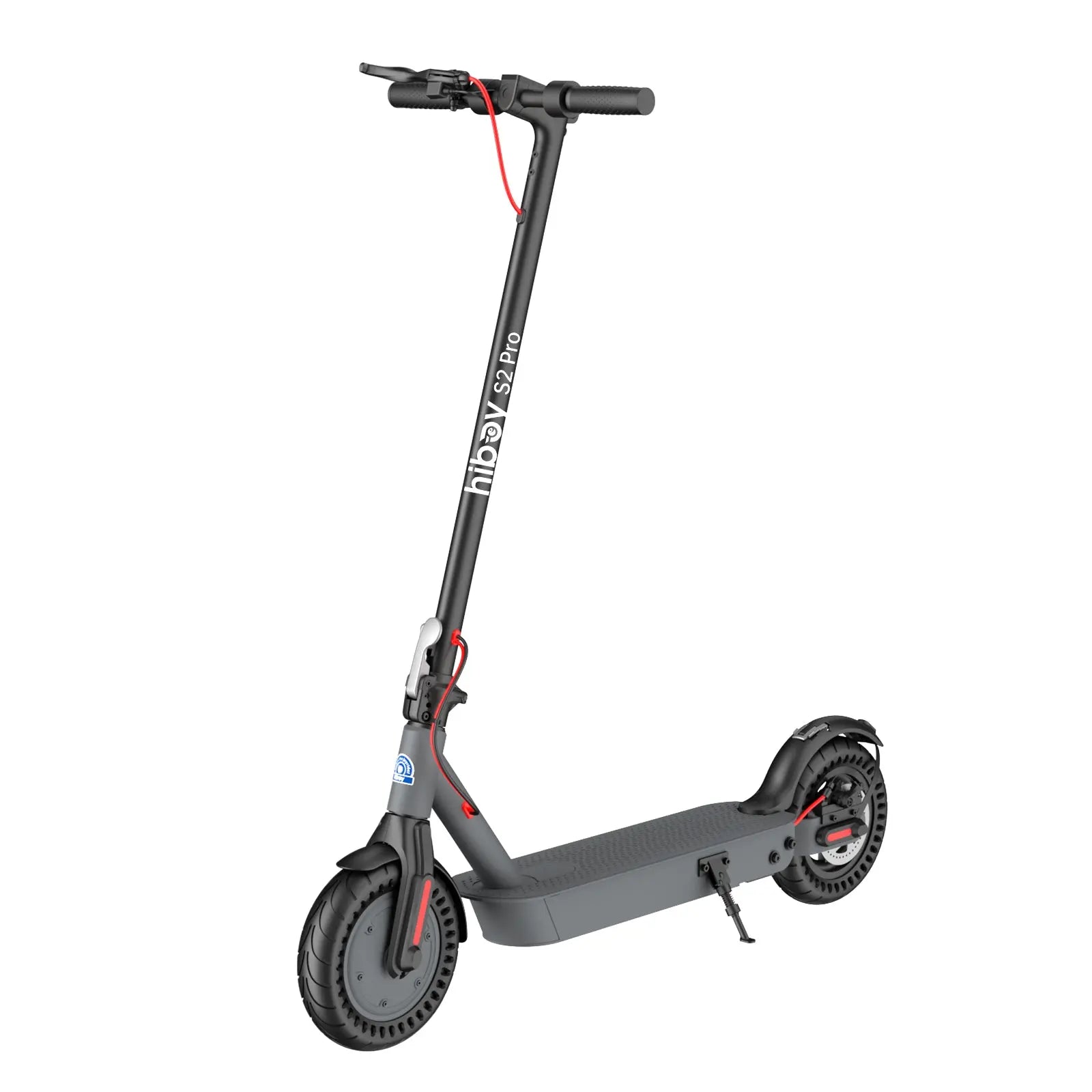 S2 Pro
S2 Pro
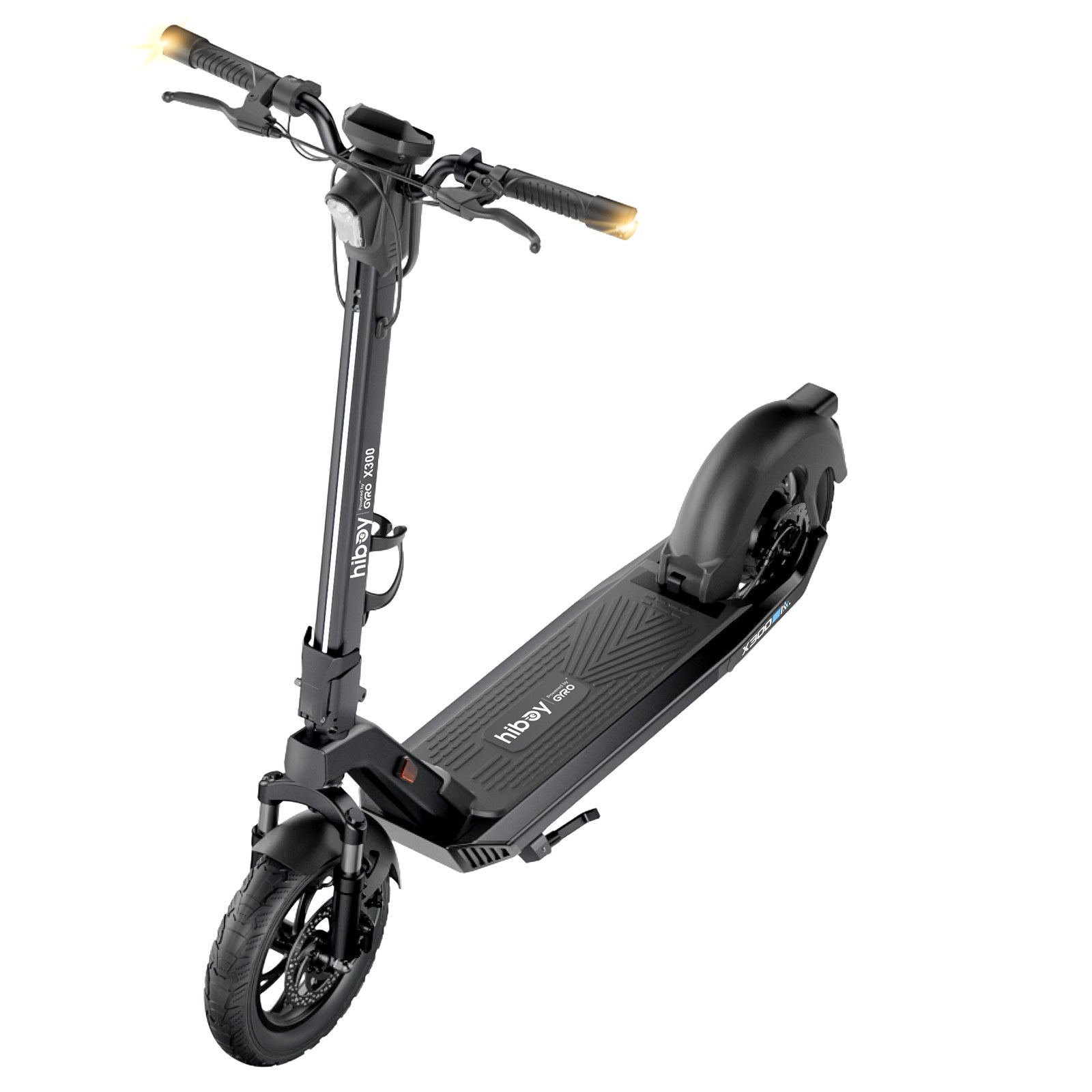 X300
X300
 Light-Weight & Portable
Light-Weight & Portable
 Long Range
Long Range
 For Heavy Riders
For Heavy Riders
 Big Wheel
Big Wheel
 With Seat
With Seat
 Fast
Fast


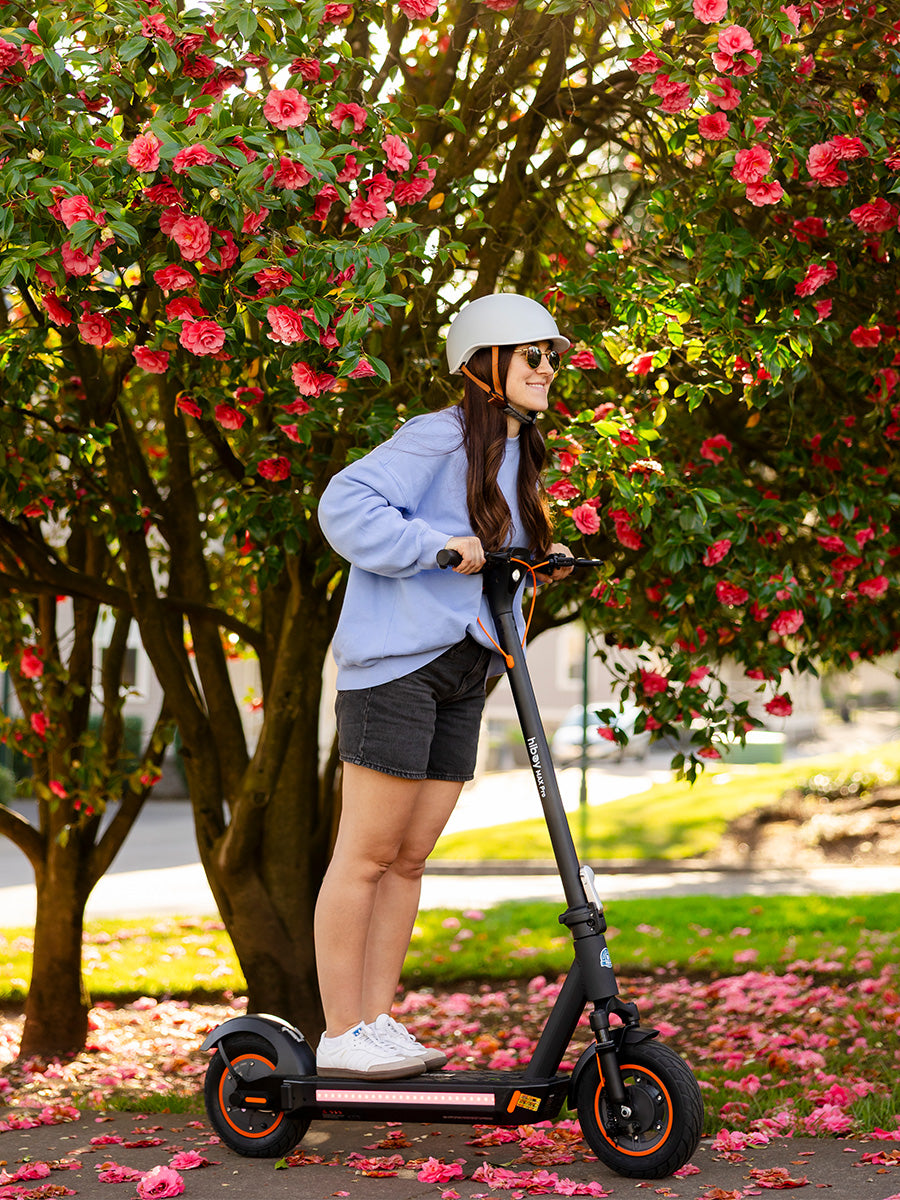
 EX6
EX6
 P6
P6
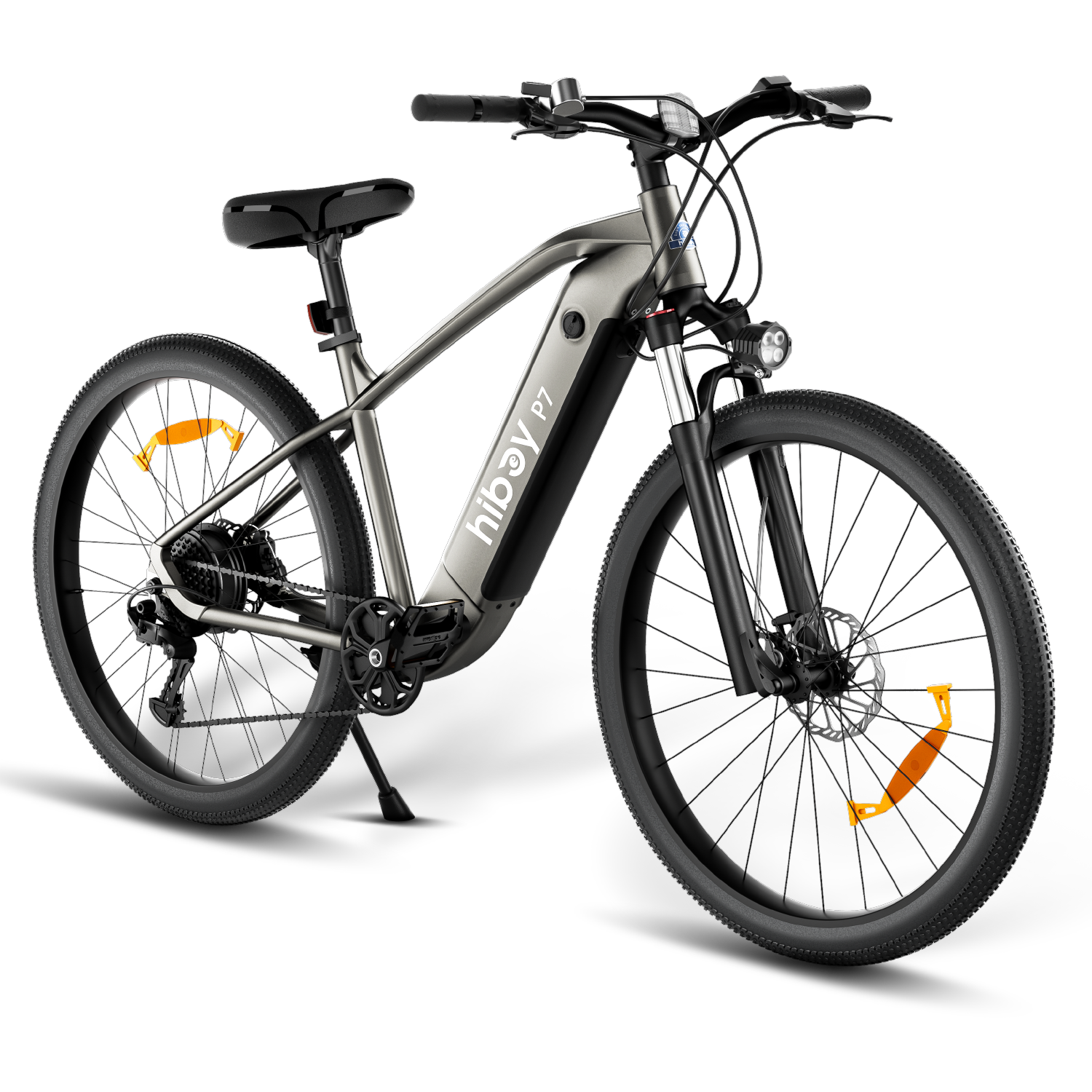 P7
P7
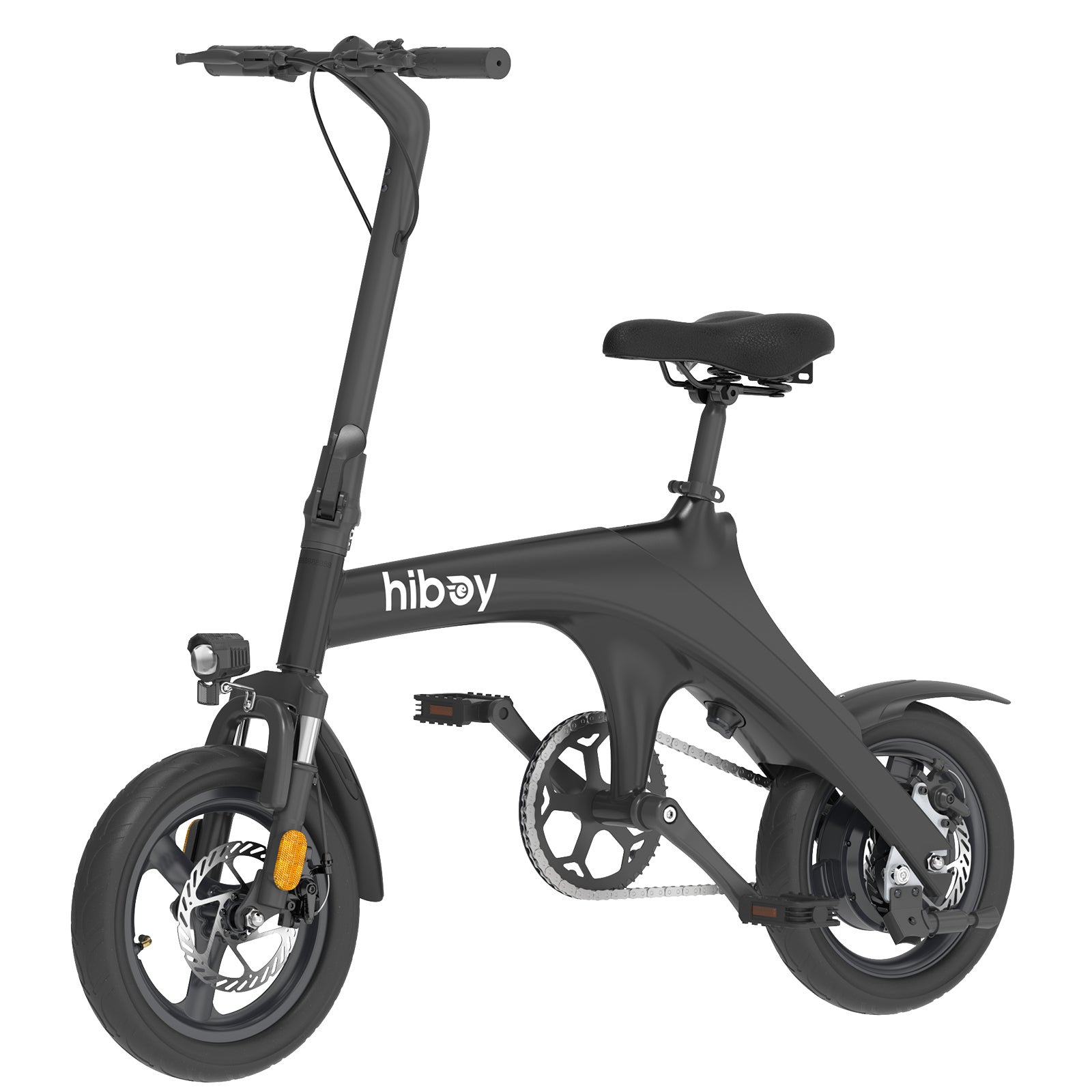 C1
C1

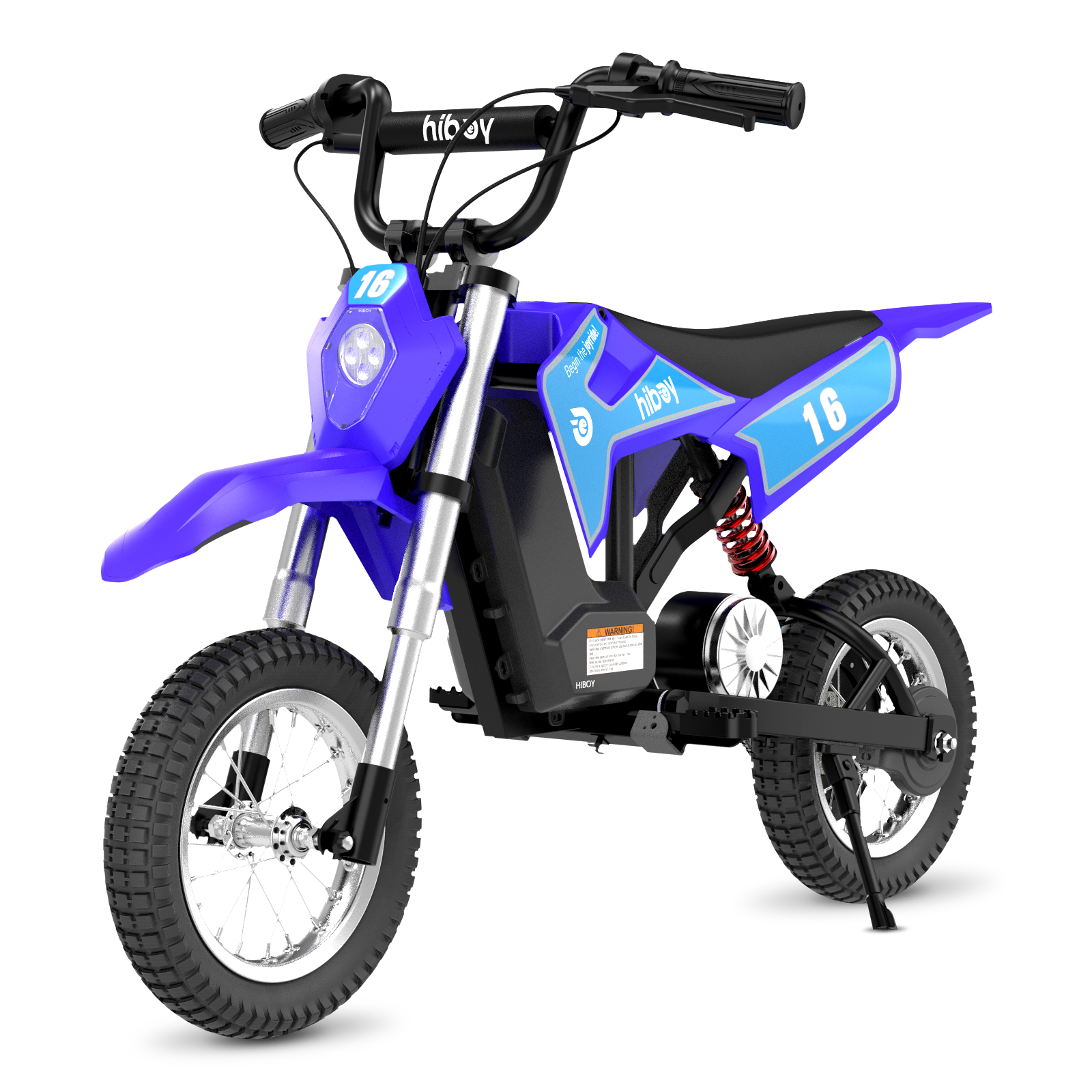 DK1
DK1
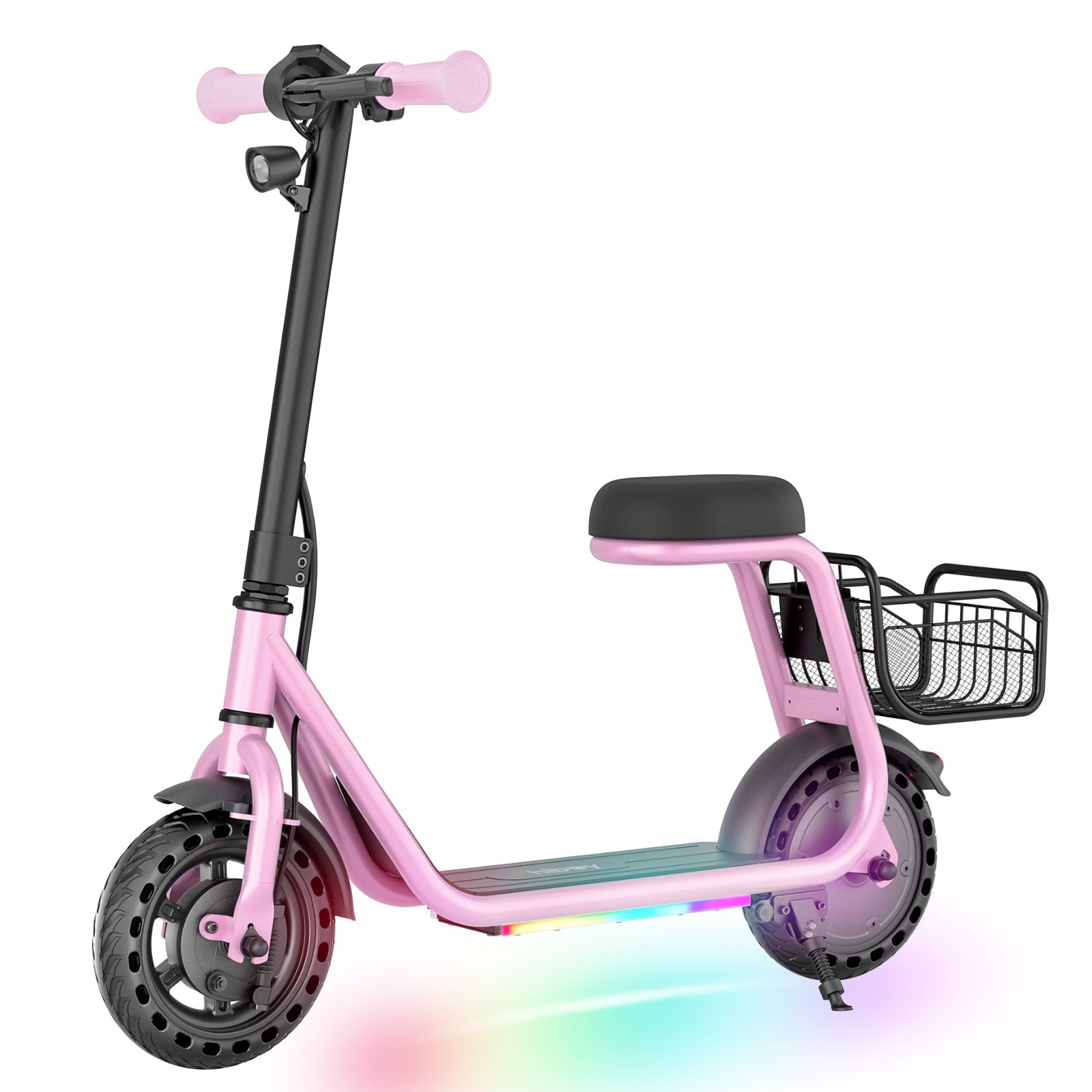 Q2 Lite-A
Q2 Lite-A
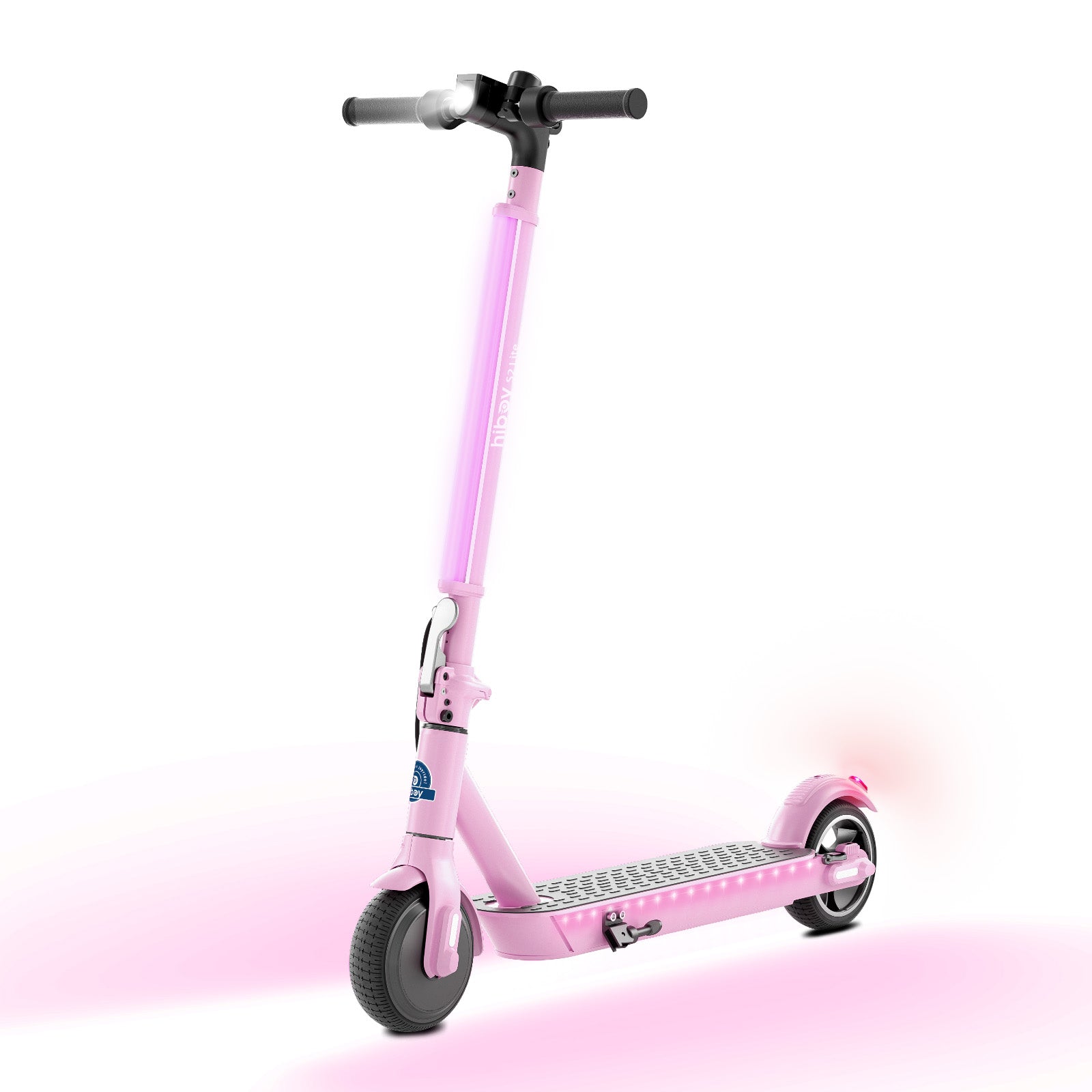 S2 Lite
S2 Lite
 ES-1
ES-1
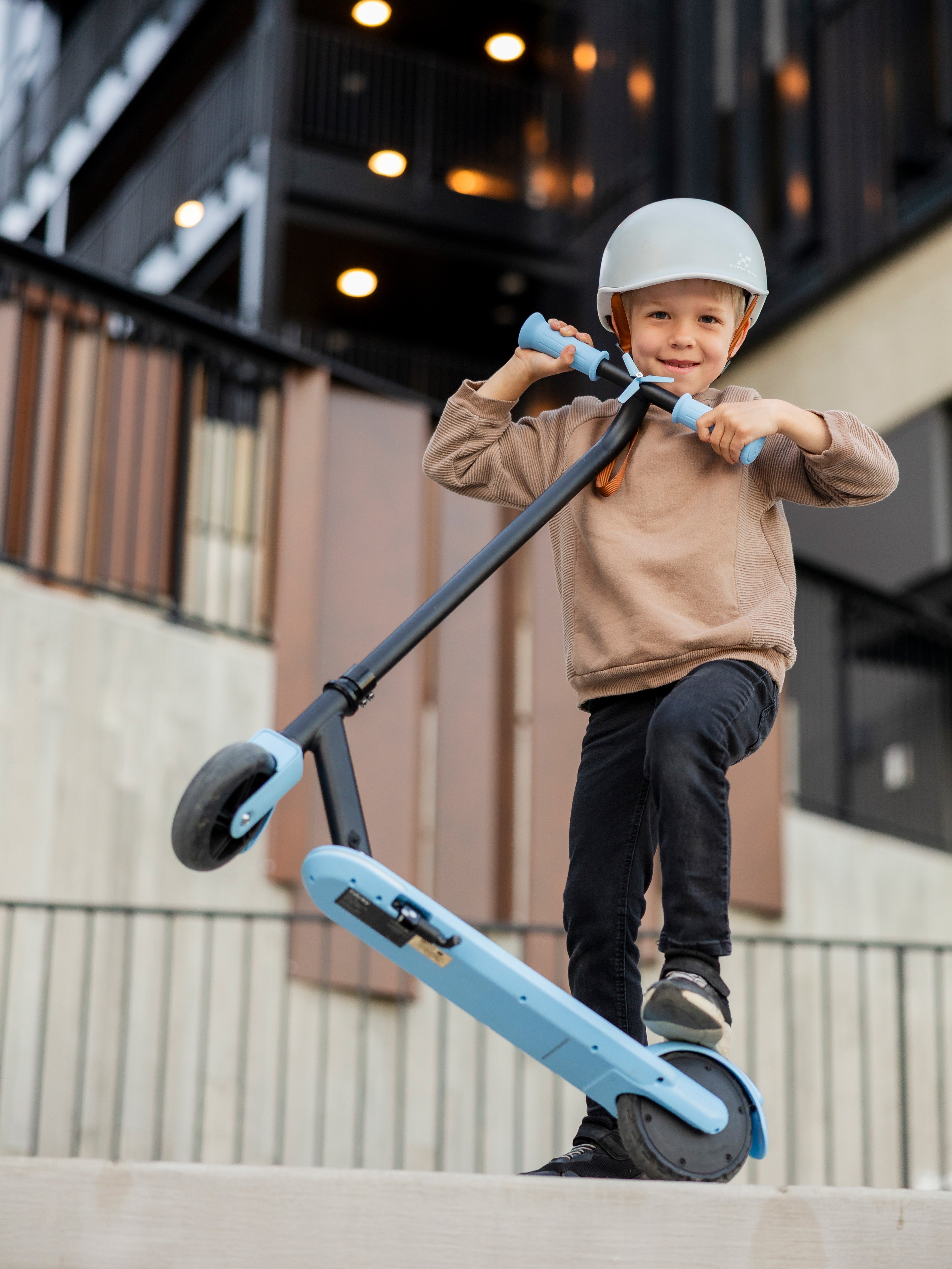
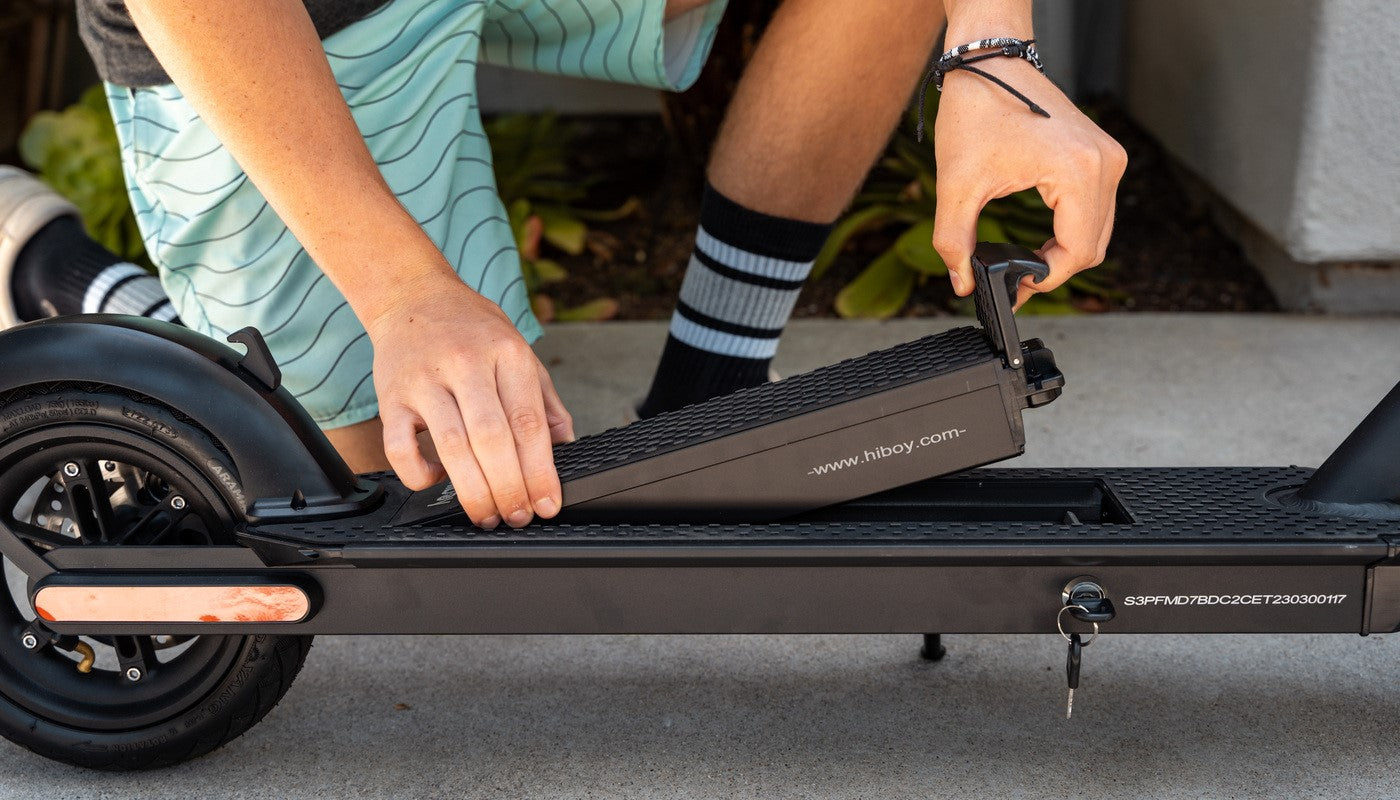
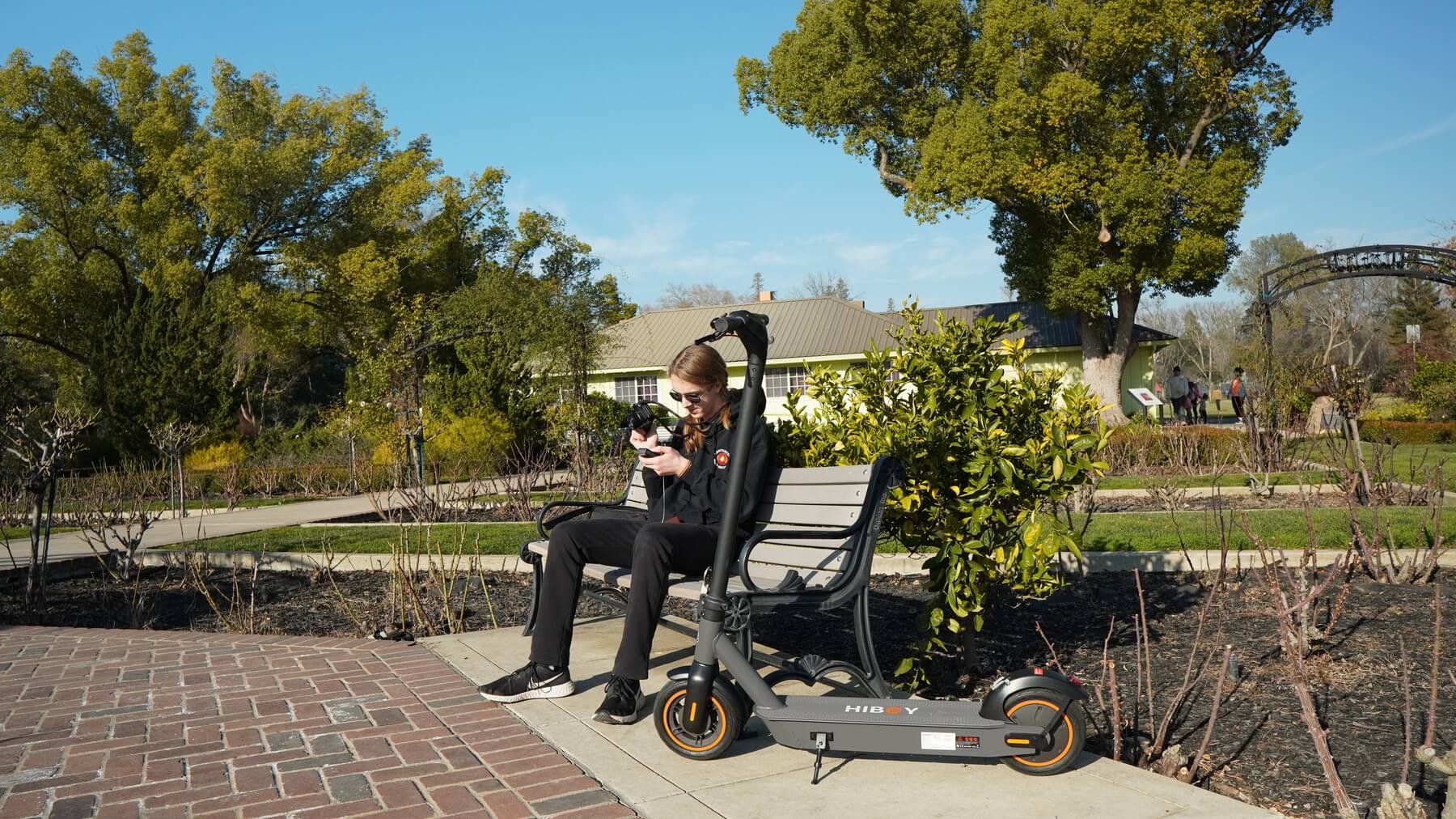
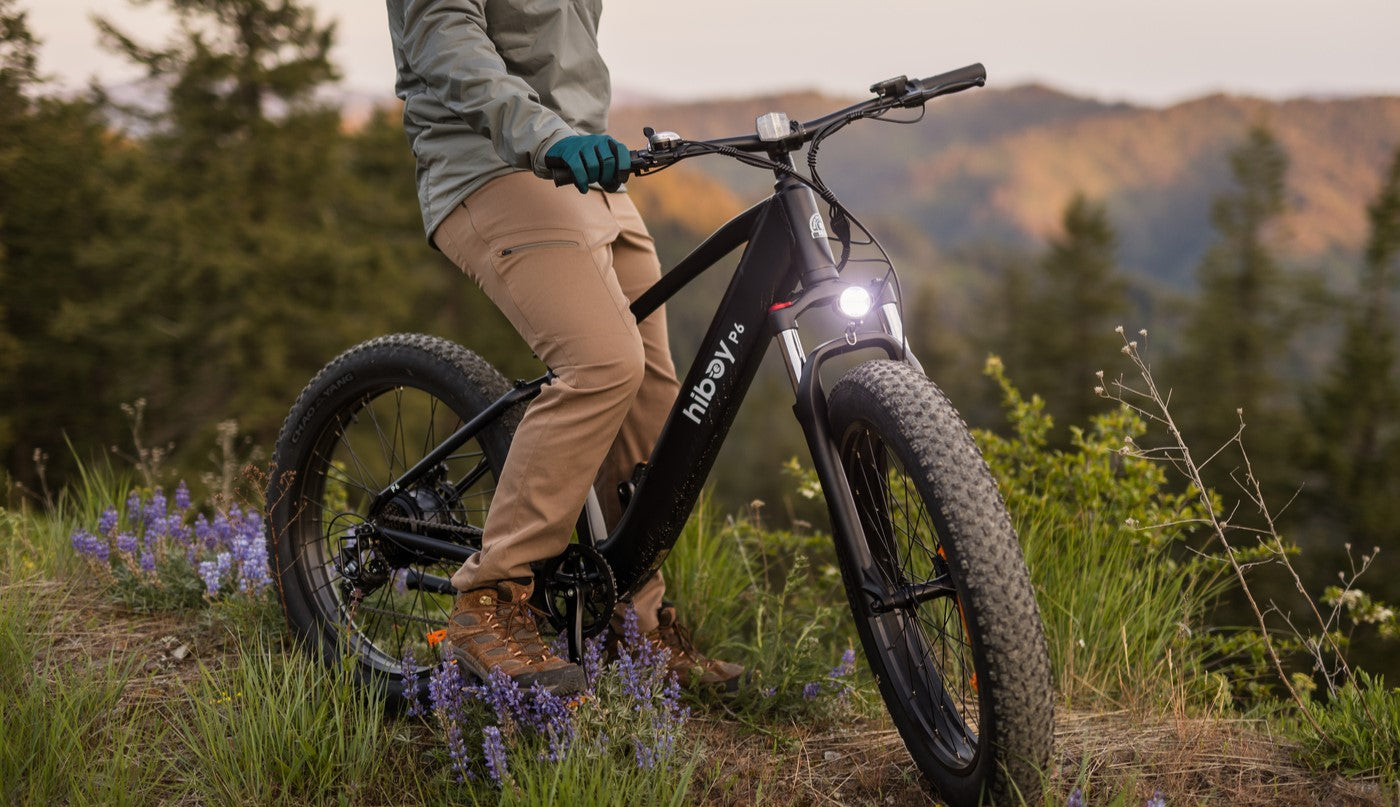






Leave a comment
All comments are moderated before being published.
This site is protected by hCaptcha and the hCaptcha Privacy Policy and Terms of Service apply.